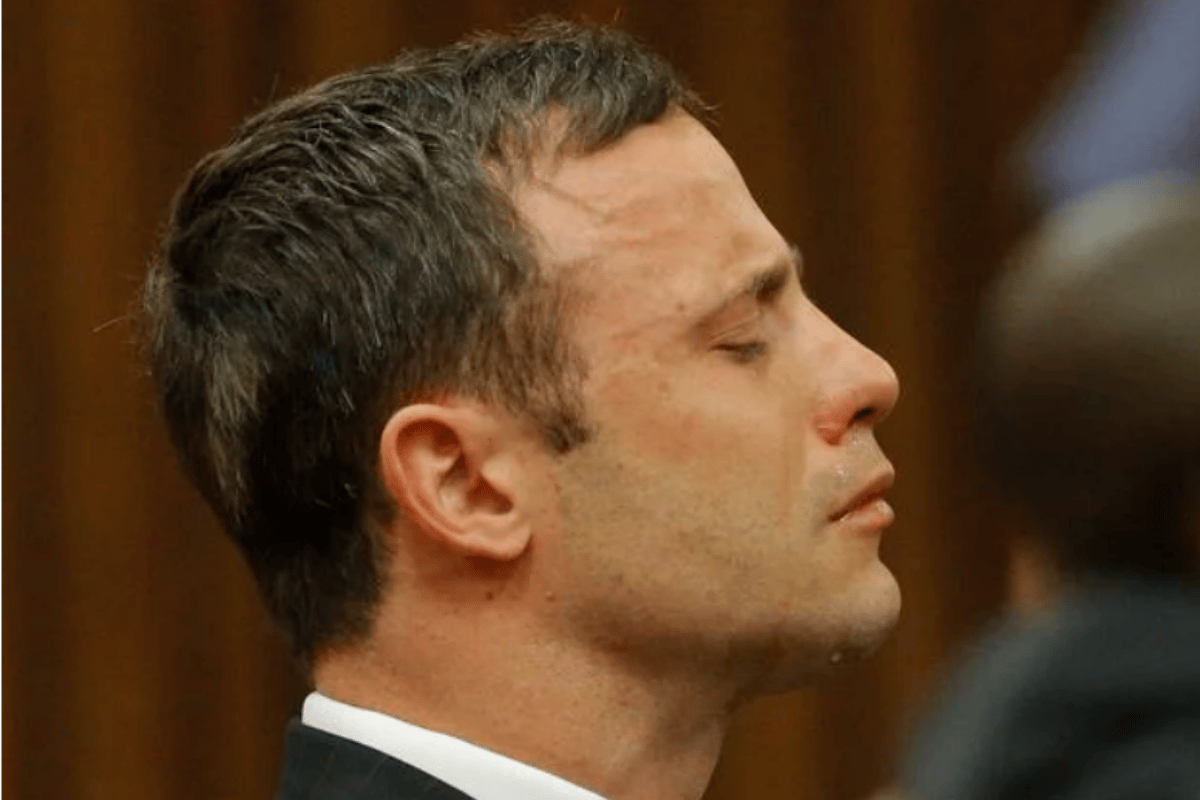
It’s estimated that 95 million people, more than 50 per cent of Americans, watched the verdict of the OJ Simpson trial on October 3, 1995.
The NFL player and actor was tried on two counts of murder, for the deaths of his ex-wife, Nicole Brown Simpson, and her friend Ron Goldman.
The case received more coverage than the Bosnian War and the Oklahoma City bombing, combined. The story sat on the front page of the Los Angeles Times for more than 300 days after the murders took place, making it one of the most publicised events in US history.
Nineteen years later, another trial was broadcast around the world.
South African Oscar Pistorius, one of only ten athletes to ever compete in both the Paralympic Games and Olympics Games, was tried for the murder of his girlfriend, Reeva Steenkamp.
The 29-year-old was shot dead in Pistorius’ apartment on Valentine’s Day, 2013.
Pistorius’ trial was televised around the world, with a channel titled ‘The Oscar Pistorius Trial’, dedicated to coverage in South Africa.
It became the most successful pay-TV channel in South African history.
And then this week, Australia had Cardinal Pell.
The George Pell sentencing was broadcast live, across all networks. People stopped on the street to watch the footage streamed through their phones. Entire offices huddled around a television or computer screen. Cafes fell silent, as everyone turned to listen to what they knew would be a historic decision.
Chief Judge Peter Kidd spoke for 70 minutes about the considerations that went into sentencing the highest ranking Catholic in Australia, and the third highest in the world.




























































































